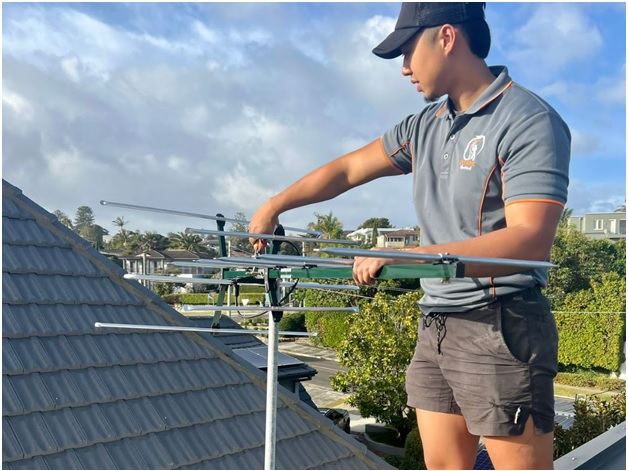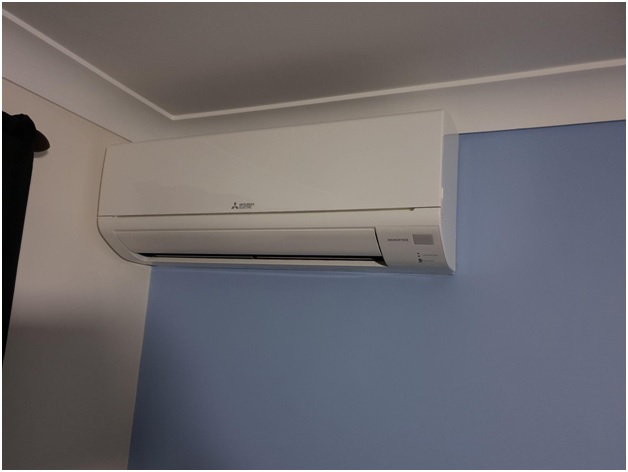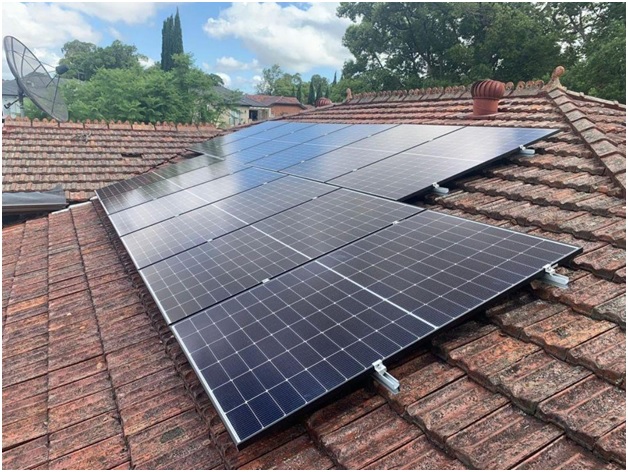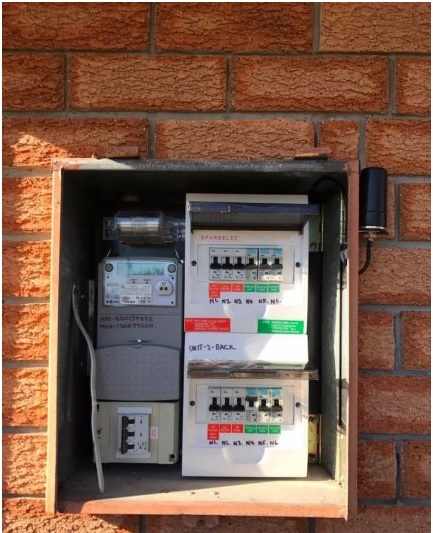With the rise of streaming services and cable alternatives, television antennas may seem like a thing of the past. However, many people still rely on over-the-air broadcasts to access local channels, news, and sports without a monthly subscription. If you’re considering getting a TV antenna for your home, it’s important to choose the right one to ensure optimal reception and picture quality.
In this blog post, we will guide you through the process of choosing the right TV antenna installation in Sydney.
- Assess Your Location: The first step in choosing the right TV antenna is to assess your location. The distance from the broadcast towers and the surrounding terrain can significantly impact the signal strength you receive. Start by checking websites such as AntennaWeb.org or TV Fool, which provide information about nearby towers and the type of antenna you might need. These resources will also show you which channels are available in your area.
- Determine the Antenna Type: There are two primary types of TV antennas: indoor and outdoor. The choice between the two depends on your location, signal strength, and personal preference.
- Indoor Antennas: These antennas are compact and easy to install, making them suitable for urban areas with strong signals. They are typically placed near a window or wall facing the broadcast towers. However, if you live far from the towers or in an area with many obstructions (e.g., tall buildings or mountains), an indoor antenna might not provide satisfactory reception.
- Outdoor Antennas: Outdoor antennas offer greater range and reception capabilities compared to indoor antennas. They are mounted on the roof or an elevated position, which helps overcome obstacles and captures signals more effectively. Outdoor antennas are recommended for suburban or rural areas, especially if the broadcast towers are far away.
- Consider Antenna Range and Gain: When choosing a TV antenna, pay attention to the antenna’s range and gain specifications. The range indicates how far the antenna can capture signals, while gain refers to the antenna’s ability to amplify those signals. A higher gain antenna can provide better reception, especially in areas with weaker signals or significant interference. However, keep in mind that excessive gain can lead to signal overload, resulting in a poor viewing experience. It’s crucial to strike a balance based on your specific location and signal conditions.
- Antenna Directionality: Another important factor to consider is the antenna’s directionality. Broadcast towers are typically situated in different locations, so it’s essential to choose an antenna with the appropriate reception pattern. There are three types of antenna directionality:
- Uni-Directional: These antennas capture signals from a specific direction, making them ideal if the towers are concentrated in one area. They provide better signal reception and reject interference from other directions.
- Multi-Directional: As the name suggests, these antennas can capture signals from multiple directions. They are suitable for areas where towers are spread out or if you’re uncertain about the tower locations. Multi-directional antennas offer convenience and flexibility, but their reception range may be slightly compromised compared to uni-directional ones.
- Omni-Directional: Omni-directional antennas can receive signals from all directions simultaneously. They are useful when the towers are scattered across various locations, but they might not offer the same signal strength as uni-directional or multi-directional antennas.
- Amplifiers and Accessories: In some cases, you may need an amplifier to enhance the TV antenna’s performance. Amplifiers are particularly beneficial if you have long cable runs or multiple TV sets connected to the same antenna. However, amplifiers should only be used when necessary, as excessive amplification can cause signal distortion.
Additionally, consider purchasing accessories such as coaxial cables, mounting brackets, and grounding equipment. High-quality cables and proper grounding can minimize signal loss and protect against electrical surges, ensuring optimal antenna performance.
Conclusion:
Choosing the right TV antenna for your home requires careful consideration of your location, antenna type, range, gain, directionality, and potential accessories. By evaluating these factors and understanding your specific needs, you can enjoy high-quality over-the-air broadcasts without relying solely on expensive cable or streaming services. Remember to consult reputable sources, read customer reviews, and, if possible, seek professional advice to make an informed decision. With the right TV antenna electrician in Sydney, you can bring local channels and network programming directly to your living room and enhance your viewing experience.





